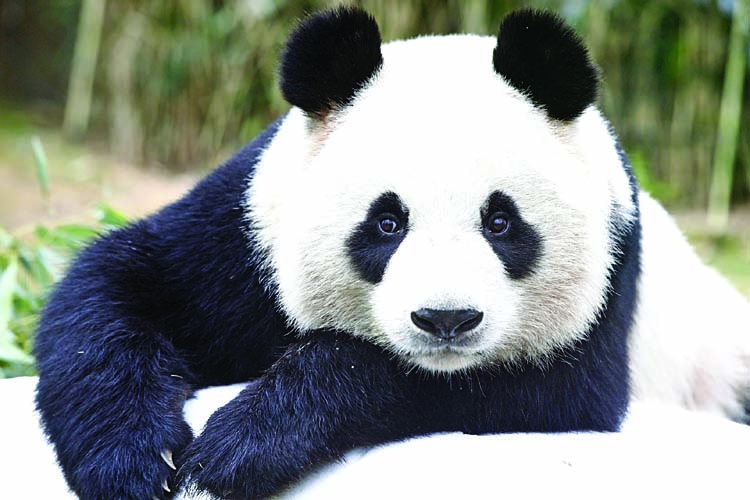'Why humans love some species, loathe others!'

The Chinese giant salamander, the largest amphibian in the world, is not cute. Weighing as much as an adult human, it has slimy brown skin, a giant mouth curled to a gormless grin, and puny, mistrustful eyes. It is also one of the world's most endangered species. And yet, unlike its compatriot the giant panda, the giant salamander rarely makes the news.
Why do some animals strike a chord with humans, prompting them to donate millions towards their conservation, while others draw little more than disgust? And is a sad-eyed panda really worth saving more than a slimy salamander? Size, intelligence, behavior, and rarity, how closely an animal resembles the human form - all play a part in our reaction to various endangered creatures.
"One of the biggest factors is 'cuteness': physical characteristics such as big eyes and soft features that elicit our parental instincts because they remind us of human infants," Hal Herzog, emeritus professor at West Carolina University's Department of Psychology, told AFP.
An expert in human-animal relationships, Herzog said the dark rings around pandas' eyes triggered humans nurturing instincts. "Compare that to the Chinese giant salamander," he said. "Google it. It looks like a six-foot-long, 150-pound bag of brown slime with beady little eyes."The salamanders are a vital part of their ecosystem, just as worms are essential to soil health around the steams and lakes they live in - which is just about everywhere.
Yet, like maggots, rats and snakes, the main instinct they inspire in humans is revulsion.According to Graham Davey, a specialist in phobias from the University of Sussex's School of Psychology, we learn to revile certain creatures at a young age. "Disgust is a learned emotion.
Babies are not born with it ... it's probably transmitted socially, culturally and within families," he said.Some animals are reviled due to their resemblance to "primary disgusting things" such as mucus or faeces, Davey said, while others are perceived - rightly or wrongly - to pose a direct danger to the beholder.
"In terms of threat to humankind, disease and illness are bigger than being attacked by an animal," he said. This might explain why most of us don't find lions and bears repellant - they are covered with the same type of soft fur that coat cuddly toys for children, even if it might be better to avoid one in real life.
As with most things, popular culture has a huge effect on how society perceives animals. Whereas the movie Free Willy prompted a wave of sympathy for the protection of endangered orcas, "Arachnophobia" hardly helped spiders' cause. See also: "Jaws" for sharks.
